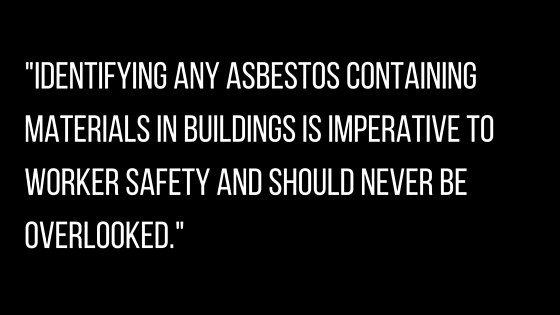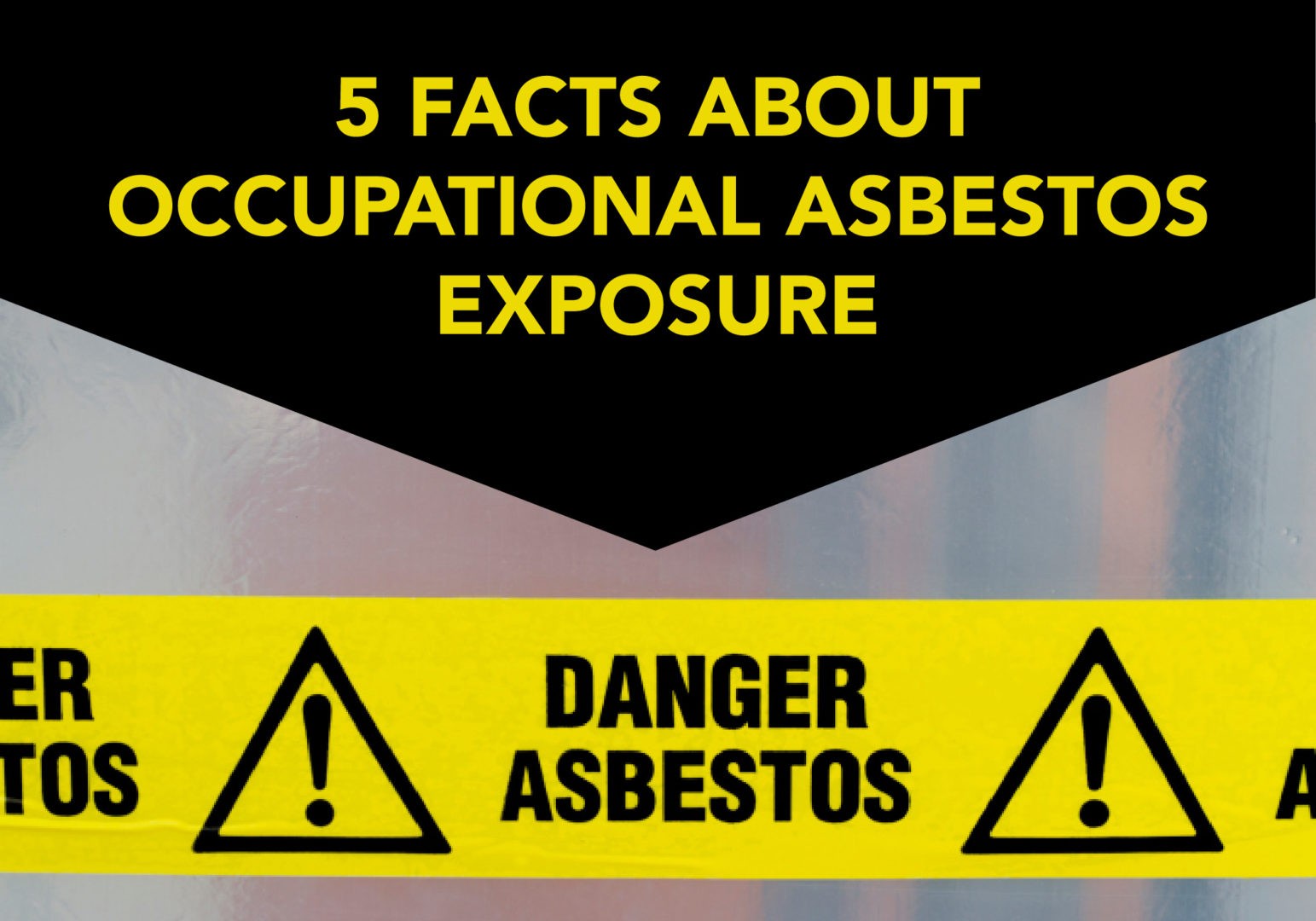When we talk about occupational injuries and illness, asbestos exposure is still a hot topic of discussion: long-term exposure can cause asbestosis, lung cancer, lung disease, chronic obstructive pulmonary disease (COPD) and mesothelioma. Although asbestos is not typically used in new construction and consumer products these days, workers today are still at risk for exposure in many occupations and settings.
Employers must take special care to inform their teams about any potential exposure, and workers should be properly trained to reduce their own risk. We have talked a little bit about legal requirements and liabilities of asbestos exposure in Asbestos in Schools: Training Requirements for Janitors and Maintenance Staff and 5 Asbestos Rules for Building Owners, but this time we wanted to get back to basics for the North American Occupational Health and Safety Week. Awareness is one of the most powerful tools for preventing workplace illness and injuries, so here are a few as a little reminder of prevalence and risks of working around asbestos.
1. An estimated 80% of buildings built before 1980 contain asbestos. (Source: Mesothelioma Cancer Alliance)
After reading our previous posts, you will know asbestos is typically only a threat after having been disturbed and there is the possibility of being exposed to airborne fibers. It is especially risky for workers in these older buildings when renovations (or demolitions) ensue to update or eliminate outdated flooring, drop ceilings, or other building materials that might contain asbestos. Identifying any asbestos containing materials (ACM) in buildings is imperative to worker safety and should never be overlooked. If and when any ACM is found, it must be properly removed with the assistance of professionals that are trained in the identification, handling, and disposal of asbestos.

2. Secondary asbestos exposure extends risk beyond just workers.
Asbestos fibers cause illness when fibers get lodged in your lungs, but it can also easily get stuck on clothing, hair, or skin. It might sound like an easy thing to “brush off”, but if asbestos hitchhikes home with one of your workers, their loved ones are at risk for secondary exposure. Workers knowingly exposed to asbestos should take extra precaution before returning home at the end of the day.
3. Asbestos can be found in any corner of old buildings.
Characterized by its resistance to heat and extreme strength, asbestos was a building material of choice well into the 1970s. Pipe fittings, ceiling tiles, flooring, siding, insulation, and roofing are just a few of the thousands of asbestos-containing products used commercially. Asbestos is not banned in the United States. Few products today still contain asbestos, but those that are required by law to be labeled as such.
4. There are several occupations that pose a much higher risk of developing illnesses caused by excessive asbestos exposure.
Perhaps the most obvious high-risk occupation for asbestos exposure is construction workers. Nowadays, demolition crews and renovators are at a much higher risk for exposure and need to be aware of any ACM that will be disturbed during their projects. Firefighters are also at a high risk for exposure. Despite being heat-resistant, asbestos products can deteriorate quickly when faced with an open flame, so firefighters entering old buildings can easily be exposed to airborne fibers. Other high-risk occupations include pipefitters, mechanics, shipyard workers, and boiler/machine workers.

5. Employers have the responsibility to know if there are any hazardous materials lurking in their working environment.
An asbestos inspection and operations and maintenance plan is key to preventing asbestos exposure. An inspection must be completed prior to renovation or demolition, but sooner rather than later is the best time to determine if – and where – asbestos is present. A quality operations and maintenance plan built on a thorough inspection can also speed up planning for renovations. It’s absolutely necessary in order to make sure that outside contractors do not inadvertently damage ACM and expose themselves and building occupants. If asbestos is present in the building, a two-hour asbestos awareness course for employees and occupants will educate and inform in a manner that should eliminate exposure based on employee/occupant behavior. Should the building owner or manager wish to have employees impact ACM, further training (16-hour O&M) is required.
This post was put together with help from the Mesothelioma Cancer Alliance. Be sure to visit their website to learn more about asbestos exposure, mesothelioma treatment, and incredible stories of mesothelioma survivors.
You can also find additional reading at the Mesothelioma & Asbestos Awareness Center.

